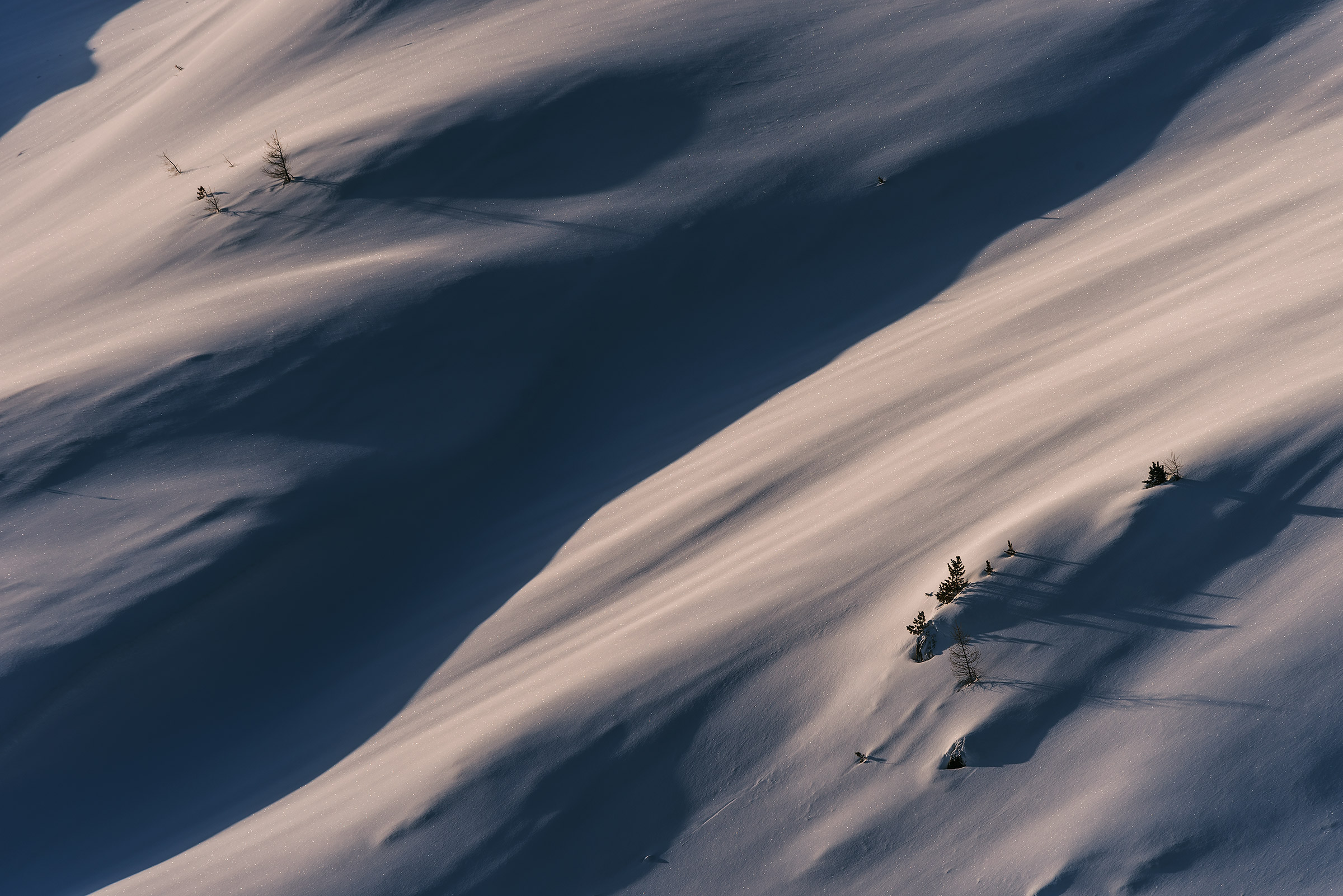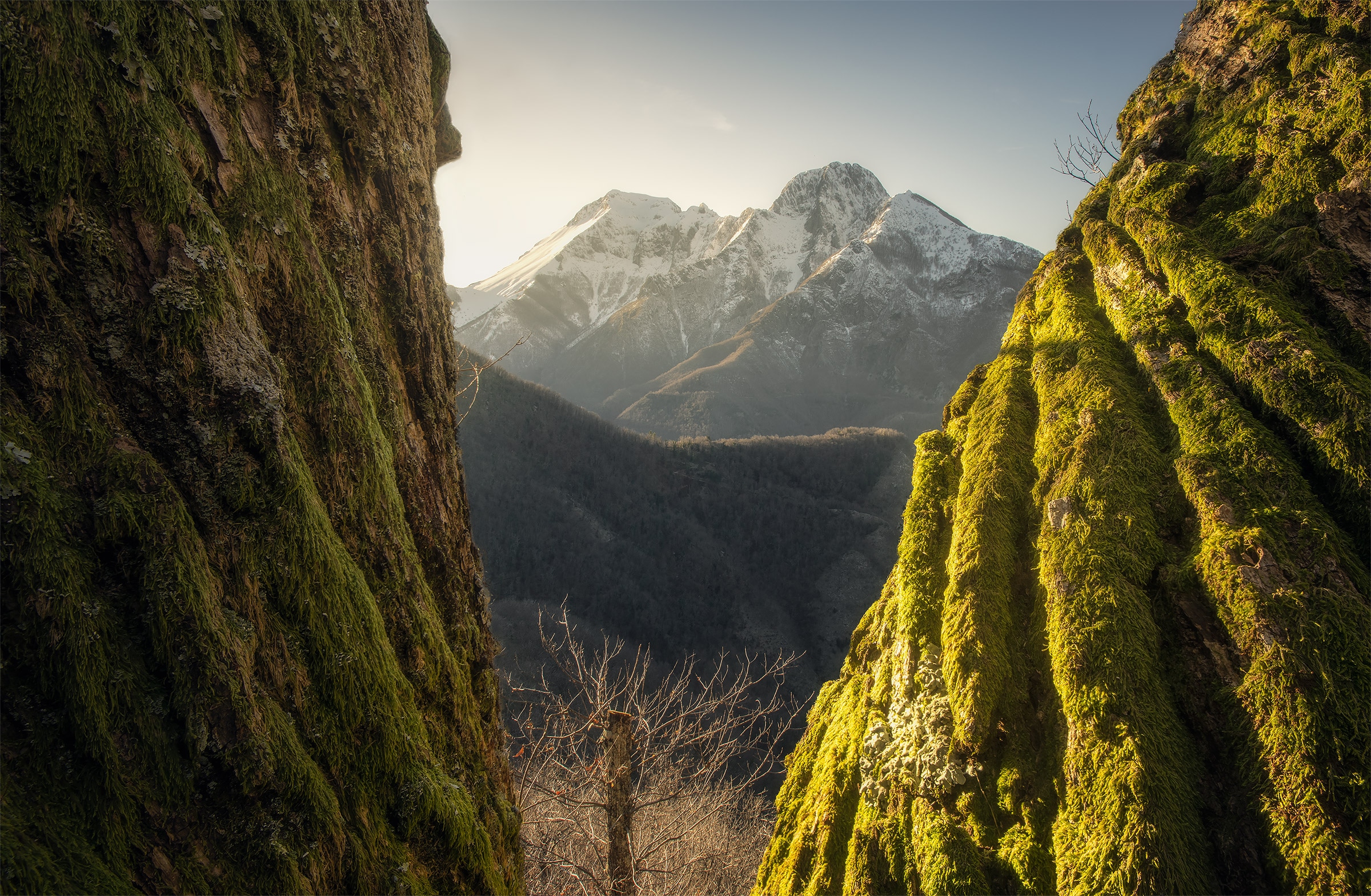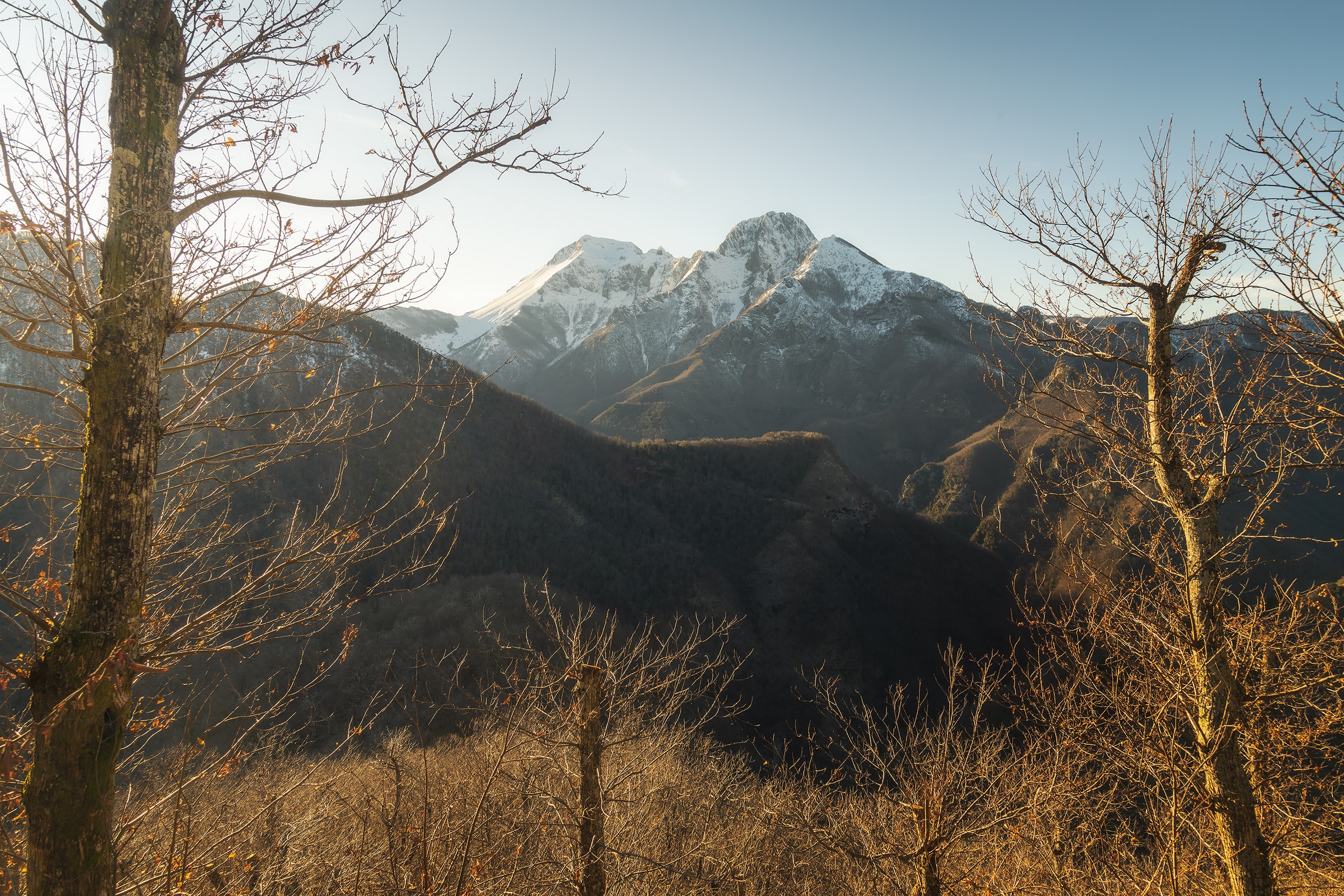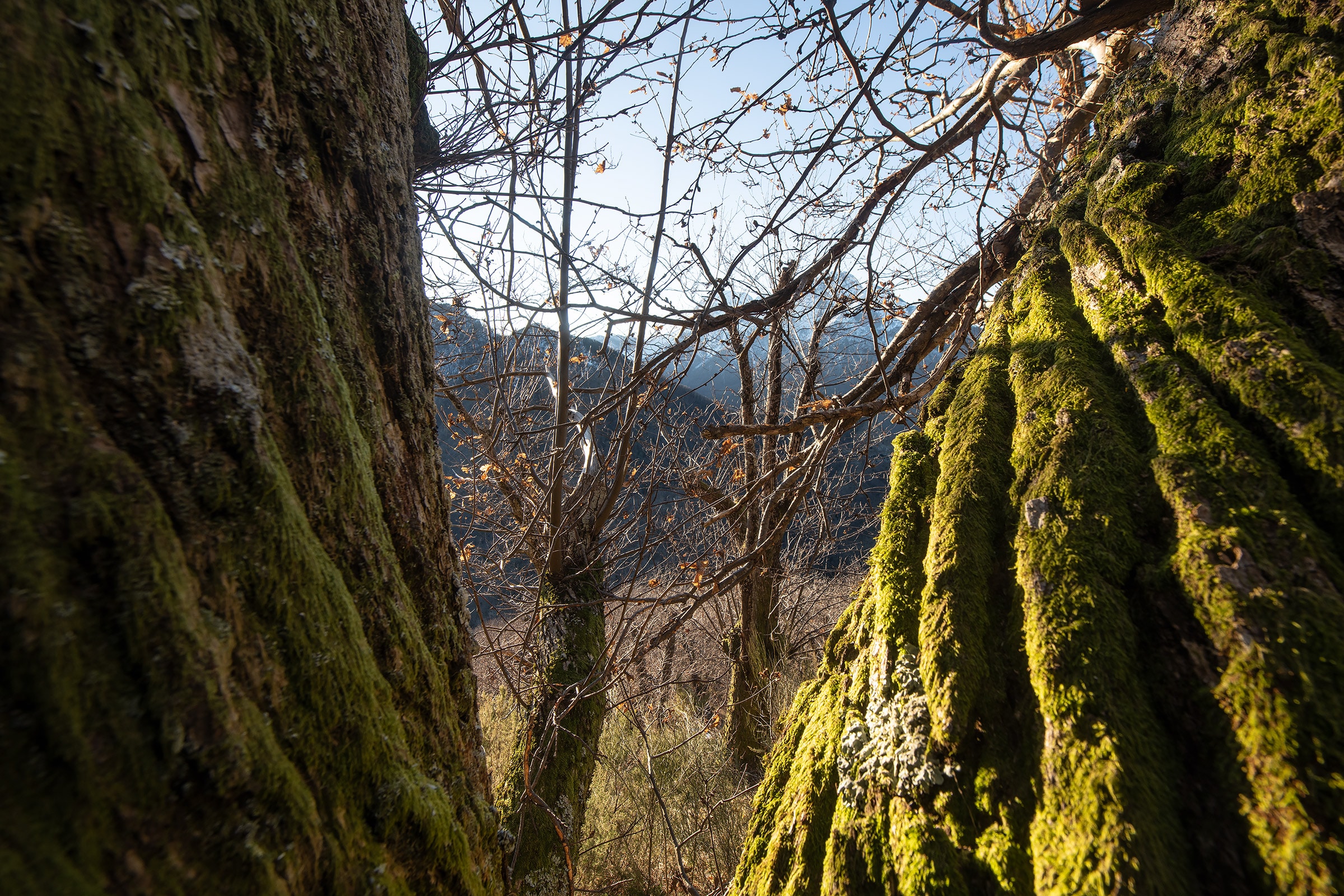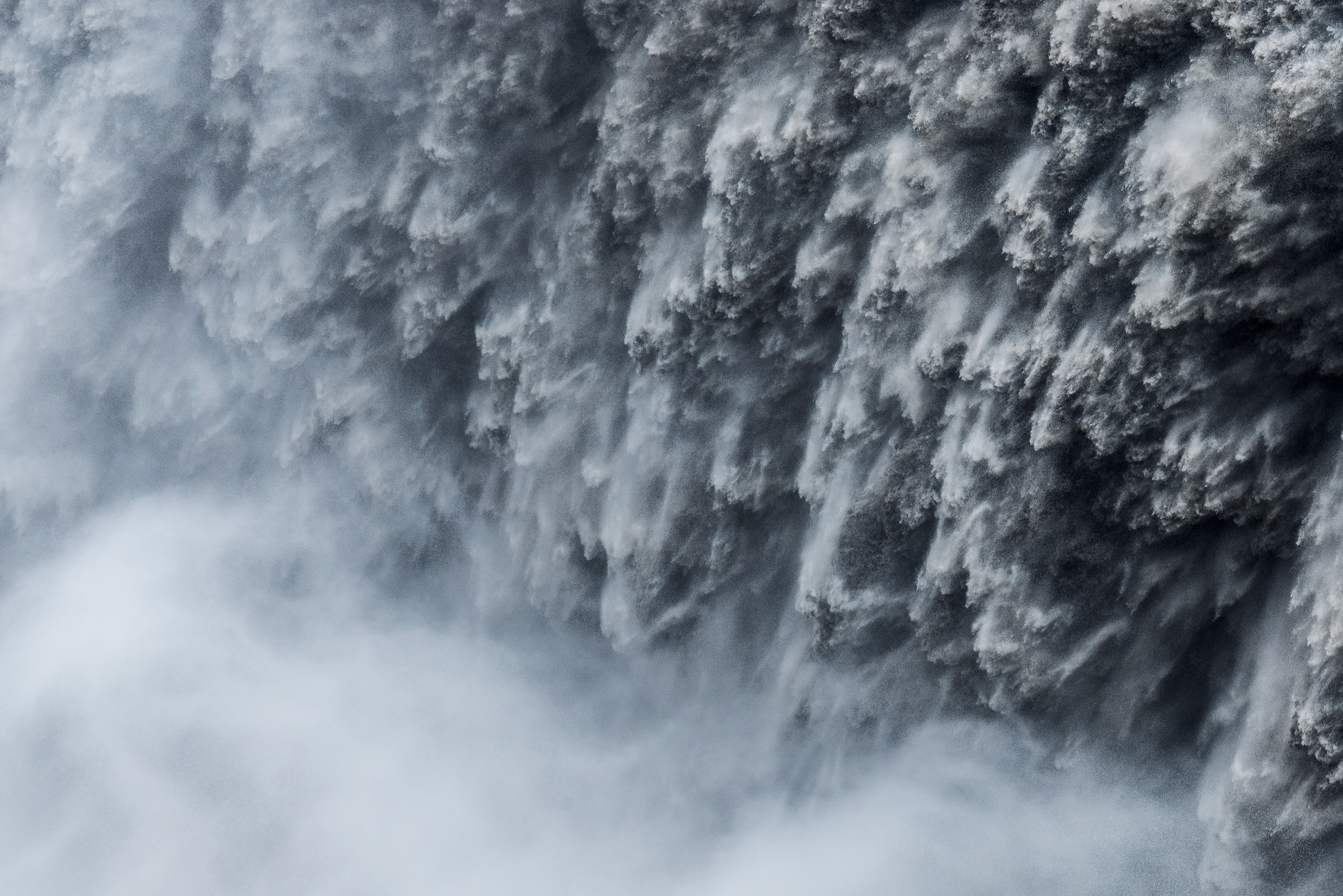
Ethics in Landscape Photography
Another unnecessary rant about the world we live in.
Introduction
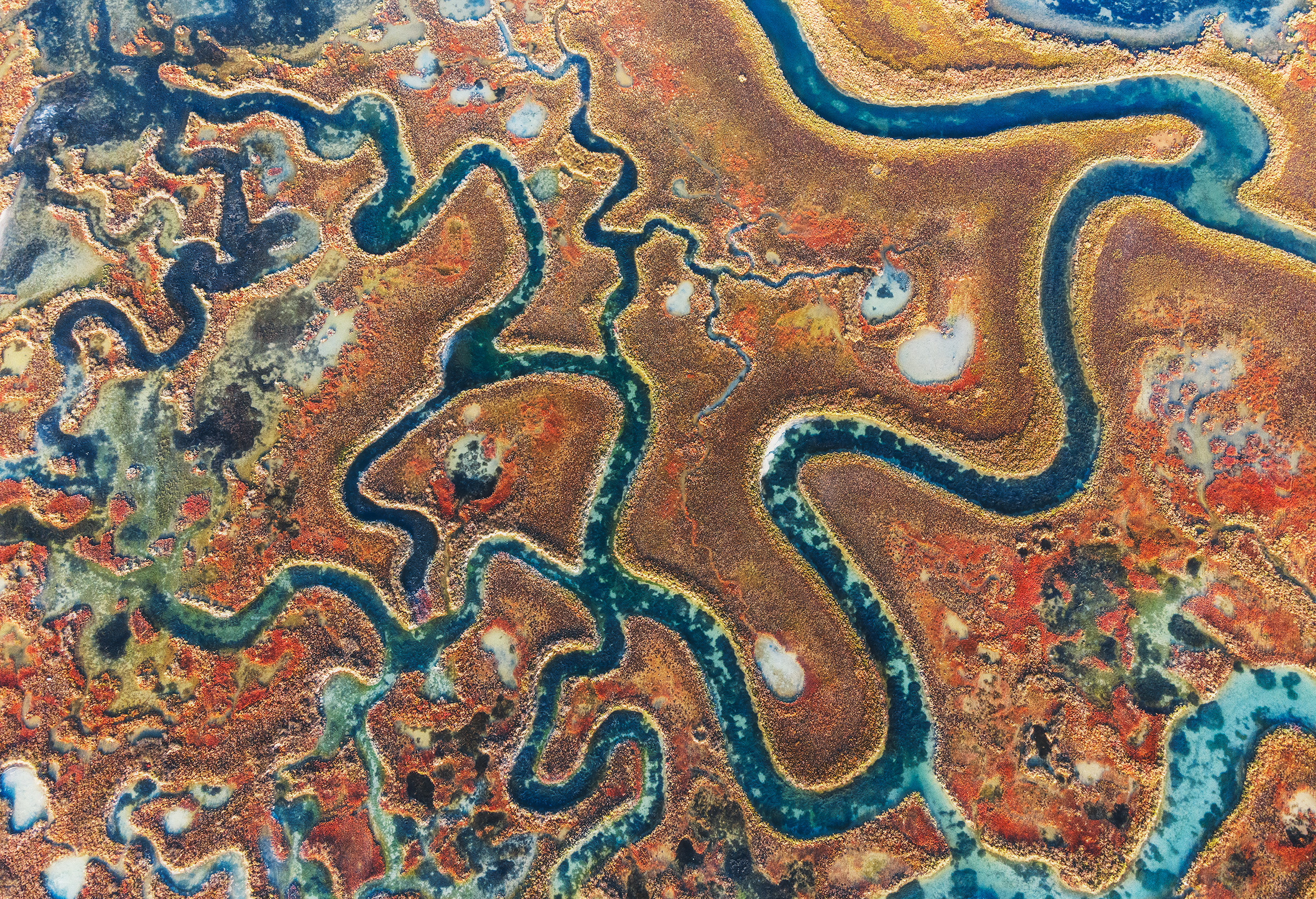
Ethics in Landscape Photography
Let's take the bull by the horns, shall we? Ethics might just be the most difficult subject to talk about when it comes to landscape photography. How each one of us can decide what is ethical and what isn't? I have my own ethics, but I'm quite sure that it won't be exactly the same as yours. Is there someone who's absolutely right and someone who's absolutely wrong?
In order to try to address the question, let's start with what ethics means here. In landscape photography, ethics revolves around two main factors: how you behave on the field and how you behave in post production. In either one of the two phases, we can find the extreme behaviours. You'll find people on the field that won't even step on the grass not to harm nature in any possible way, while on the other side you'll find photographers willing to do everything to get the shot, doesn't matter how reckless those actions might be. On the post-production side you'll find people reluctant to even edit their pictures at all, but then you'll also find other ones willing to blend-in a bazillion different shots from different times and places in order to create the final result.
Ethics on the Field
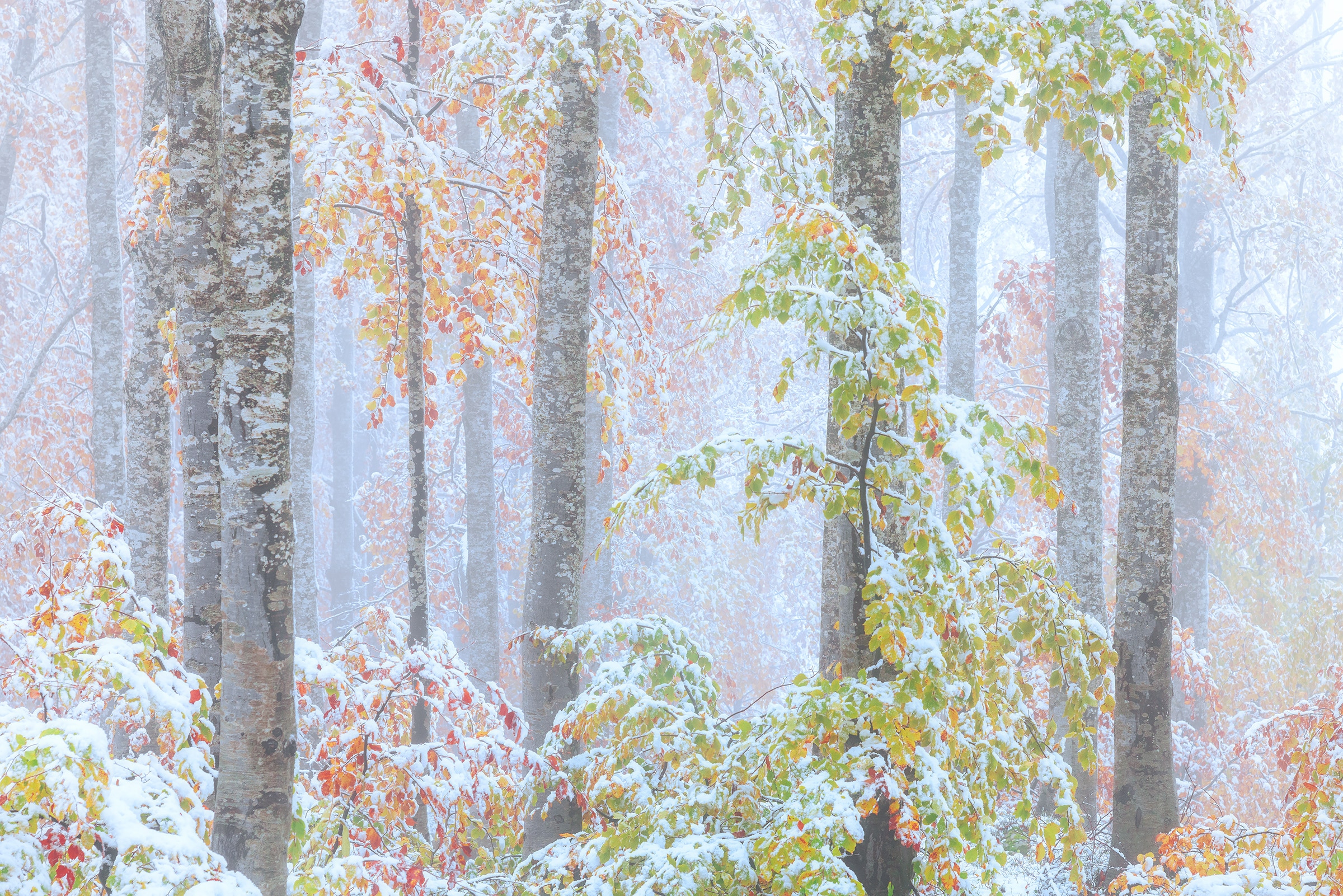
Stick to the rules and avoid doing anything that could harm the environment, other people and well, yourself: this is what I consider an ethical behaviour when it comes to being out shooting in the field. Even if this is my mere point of view, I'd love to think that most of the other photographers will agree with that statement. And while there are many that indeed are behaving exceptionally, following Nature Firsts principles and leaving the place as they found it, there's a small percentage that it isn't. And for that small percentage, we are all paying the price. Locations that have been trashed up and ruined, others that now have been closed by the authorities or got limited access. Many of the most famous photography locations changed a lot in the last few years; look at how many places got fences around in Iceland to avoid accidents, look at the writings on the canyon walls of the South-West US, look at the incredibly strict rules of the Torres del Paine National Park where you can't even put one foot off the official trails. These are just a few examples, but I think you got the idea; the list is quite long. My prediction is that many others will change in the next few years too; many places, wild or not, aren't made to stand such a huge traffic of photographers (and mass tourism in general), so even if a tiny percentage of us is reckless, the location will suffer a lot.
And when it's not the location to suffer, it might be other's people work: by living and working as a photographer mainly in Tuscany, trust me when I say that I saw all kinds of scenes here! From people trampling over the ready-to-harvest hay, to photographers going inside private gardens or properties in order to get “that unique shot”. Unique shot that most of the times is even worse than the classic one, but ehi, who am I to judge. What I can tell you is that many farmers, once quite happy with the photographic tourism (I mean, after all the pictures are free advertising for the place, a win-win for everyone, right?) are getting really angry at photographers as they can't stand them do whatever they want anymore. The amount of anger/rage scenes I witnessed around here definitely grew up in the last few years.
We, as photographers, all have a responsibility. We always had, but now, with all the online sharing going on, it's a whole lot easier to create a huge damage for the places we shoot. The more exposure you have – the more you should be careful about what you post and be specific about the conditions you shoot it on; this doesn't mean that if you don't have a big public you are free to do what you want, but obviously photographers in the spotlight will be followed by more people, even in the behaviour that they keep on the field.
It happened many times to me, specially when I was starting out as I was following more the steps of other more popular photographers, to arrive in a spot only to find out that the shot I saw was taken from a dangerous/illegal/unethical point of view: while in the first case it is up to each one of us to decide what we consider too dangerous (most of you will probably consider dangerous climbing the K2 in winter, yet still someone made it!) based on the skills we possess, the latter two cases are sort of a trust-breaker, for me at least.
So, like I said in the beginning of the paragraph, leave the place as you found it, whether you are in the wilderness, in the countryside or in some urban area. Take care of the environment.
Ethics in Post Production
Even if I'm really having an hard time to admit it, I'm frustrated by the behaviours of some other photographers in the landscape photography business when it comes to post-production. Sometimes I feel like I'm one of those grumpy old men that gets pissed off by pretty much everything (and I probably am, just not that old yet!).
Truth is that, while it's easier to trace some clear lines when it comes to understand what's ethical and what isn't on the field, it's much harder to do that when we talk about post-production. Yes, because who has the right to say that, on a certain photo, you moved too much the saturation slider? Or that you added too much clarity? Or again, that you can't replace the sky in your pictures? Who can say that you went too far with the post-production, or that you should work more on that? Well, the easy answer to these questions is.. No one. No one can tell you what to do and what not. Unfortunately though, it's not that easy.
In the last years we lived the spectacularization of landscape photography, with many artists pushing one little step at a time the boundaries of what is accepted to do with our images in post production, many times while serving the needs of the social media beasts and so trampling on every ethical rules we previously had about what we can define “photography”.
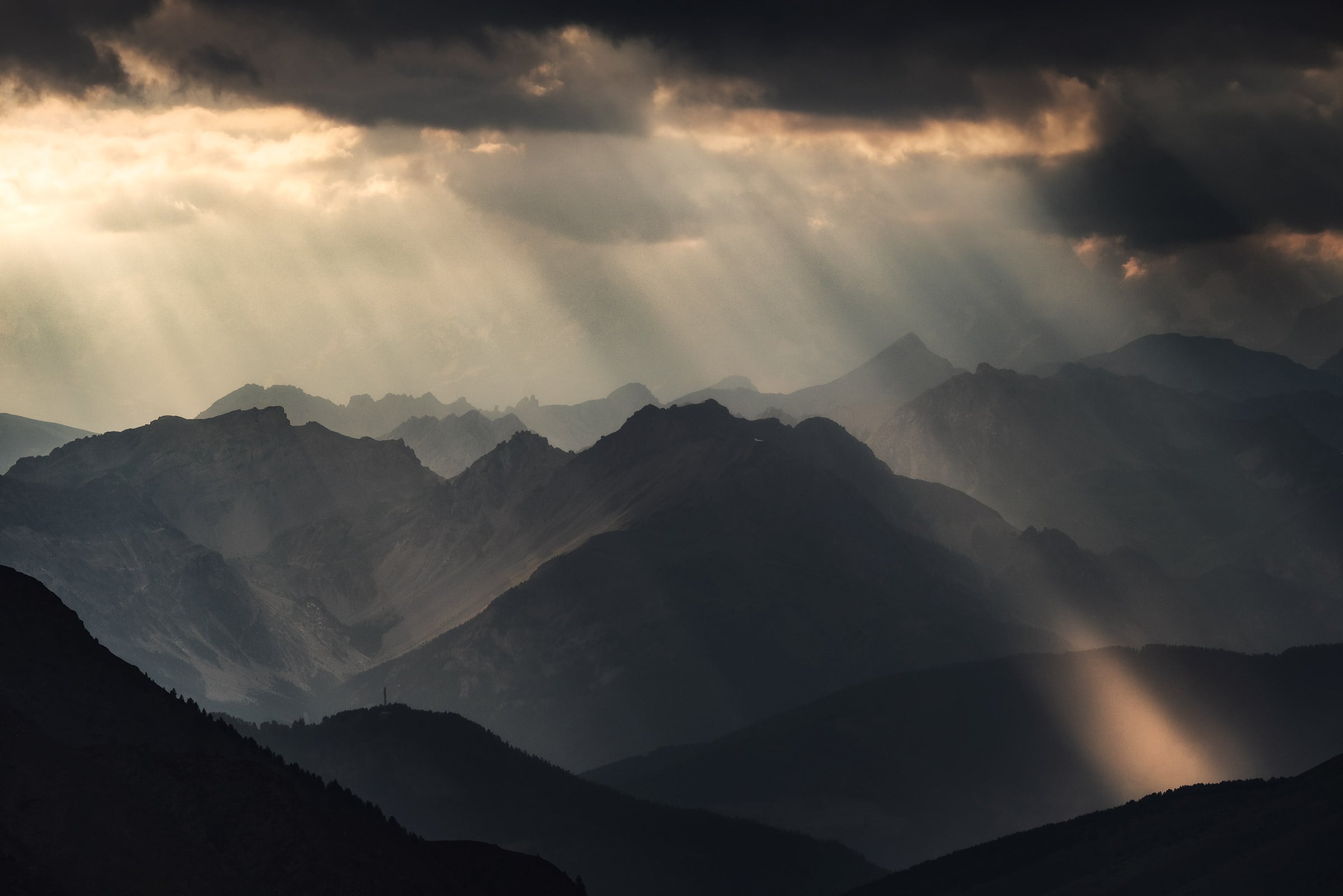
Now, don't take me as one of those guys screaming that our landscape images should be “real”: there's not such a thing as reality in photography, as just by choosing what to include and what not in the picture we are already giving our personal interpretation of the place. Having said that, there's also a long way from giving your personal interpretation of the place and creating a whole new landscape that exists only in your mind. Ehi, nothing wrong with that, but – for me at least - that's not photography anymore. Not long ago I randomly read a post from my fellow colleague Matt Payne (go check his F-Stop Collaborate and Listen podcast if you want to spend some quality time listening to great photographers, you'll find the link at the end of the article!) where he was saying that the key point in landscape photography is that there's some kind of trust between the viewer and the photographer about what's represented in the image can be found in the world. This is number one reason why we can't just do whatever we want with our images and then throw them to the public. Once that trust is broken, you'll need to come a long way to gain it back, if you'll ever be able to do that.
In second place, one of the biggest issues in my opinion is the lack of disclosure when you see images online; we all find ourselves using the same media to show off our work, so on a certain degree I'd think it would be nice (at least) to know when you made some radical changes to your pictures. I'm not talking about adding +10 in saturation, I'm talking about warping the landscape, stretching mountains, faking light and so on. Why do you still consider those images a photograph? Why on Earth would you want to include a bright, warm glow when it was a gloomy cloudy day? These are the questions that keep flying around my head. There's some sort of misconception going on that they would be less considered if people knew what you have done with your pictures; I believe that there are some truly incredible artworks (and artists) out there, my only problem is that they keep calling themselves photographers when they really are not. Why would you ever publish your images in a landscape photography group, when you edit your work in a way that no landscape on Earth would seem like it, no cloud in the sky would be that red and no mountain in the world would be that sharp? Why would you want to trick the people who are watching by making them believe that's a real place and not the result of your artistic interpretation of the place? For me it's far from being photography, but I'm sure many artists won't accept that. And while a few of them will have valid counter-arguments about me being wrong, others are just here for the likes, not for the joy of photography and Nature; they want an easy win, they are looking for success, for that ephemeral moment of glory. And that's sad.
It's quite obvious that if you start with a daylight photo, darken it, throw in the milky way, the moon and some unicorns you'll have higher chances to become popular (assuming that you are doing a decent editing job) as a nightscape photographer than the average Joe which is doing a couple of exposures, one of the sky and one for the foreground, gets plenty of noise in the frame with not many details and has to adapt to where the milky way actually is and not place it wherever he wants. Let's leave alone the fact that he stayed up all night, while you went out a couple of hours in the middle of the day.
To make you understand what I'm talking about, I made an example: I apologize in advance if it's not that great, but I didn't spend much time on it. Check the slideshow: you should be able to scroll between four pictures. The first one is the composite, with those nice tree chunks as a framing and juuust a bit of focal blending for the mountains; cool right? Too bad that's fake as Monopoly's money. The second one is the one you could actually take, it's a single exposure with a more subdle post-production (which I like more); not that “woahhh” anymore, eh? Third and fourth pictures are the untouched RAWs from where I started the editing. Actually the chunk of the tree needed a focus stacking, so there would be more RAW, but I just included one to make you understand what the real scene was looking like. Why on Earth would you consider the first image a “photograph”? As you can see, there's no way you can capture that on the field, because that's a scene that doesn't exist. Even if I return up there with a chainsaw and cut out all the branches, mountains would still be way further and smaller than in my composite image. That seems like a photo but it isn't, at least in my opinion.
I'm not condemning composites or other kinds of digital art, I'm just trying to understand why do you still want to be considered a photographer.
Now, let's talk a bit about the worst part of this: the consequences. I've already mentioned the broken trust between the public and the photographers, but that's not the only outcome: composite images kept raising the expectations of the public to a level that is nearly impossible to mantain if you are not willing to play their own game; it seems that the landscapes we can see on this Earth are not spectacular enough.
Let me make another real-life example: there's a famous artwork of Tuscany that made the rounds of all the possible social medias for years. I won't share or link the picture. Let's just say that if you've ever been on some of the insta-famous hubs, you know about which image I'm talking about. The artist though that it would have been nice to warp a lot the hills in order to show a more creative take on a ultra-photographed area; he created a cool artwork, but with no connection whatsoever to the real landscape. I know that, and all the other photographers that came here to shoot Tuscany know that too; but many don't. As a result, that image, by being eye-catching and visually more “spectacular” than many others, gained an international exposure and made A LOT of people think that this is Tuscany. Now, as a final outcome, I get customers regularly asking where is that location and if I can take them to see these “rolling hills” and I have to explain everytime that there's no such a place. This is just a drop in the ocean, but it should make you understand that these actions have also real-life consequences and sometimes – like in this case – in our job too. If the artist would have been clear in the first place, when sharing the image, about the process that it took to get that result and its intent, people could have been conscious about what they were looking at and wouldn't think that it was a real place.
Last but not least, but this is even more personal than all what's written above – where's the fun in that? Yes, I mean, where's the fun in replacing a sky? What's the fun in going out at 11AM in the morning and throw in a milky way? Are you sure that you are doing it because you like to be out there, or just because you think you've found a quick way to become popular? Ask yourself that.
As a bottom line for the paragraph, I want to underline again the fact that I really don't care about what you do in post-production; if you like to have a creative approach, go for it. If you like to shape the landscape as you wish, go for it, without listening to some grumpy old (again, not so old) man like me telling you what you should do. The only thing I care about is the truth: so please, just be clear with your viewers about what you have done with your images. That's all I'd want.
Conclusion
Reading again what I just wrote, I think it's quite clear what my idea is. Behaving right in the field, not re-creating a place from scratch during the editing. This is what I try to do. Even if I already wrote it at the beginning: all you read here was a personal point of view. If you don't share my ideas, it's completely fine!
Ethics in landscape photography is something that can't be restrained in one article. There would be much more stuff to talk about, so many arguments and thoughts that you could actually write a book about it!
As always, if you want to engage on a discussion about it feel free to drop me a message through the contact form or on the social medias where you found the article!
